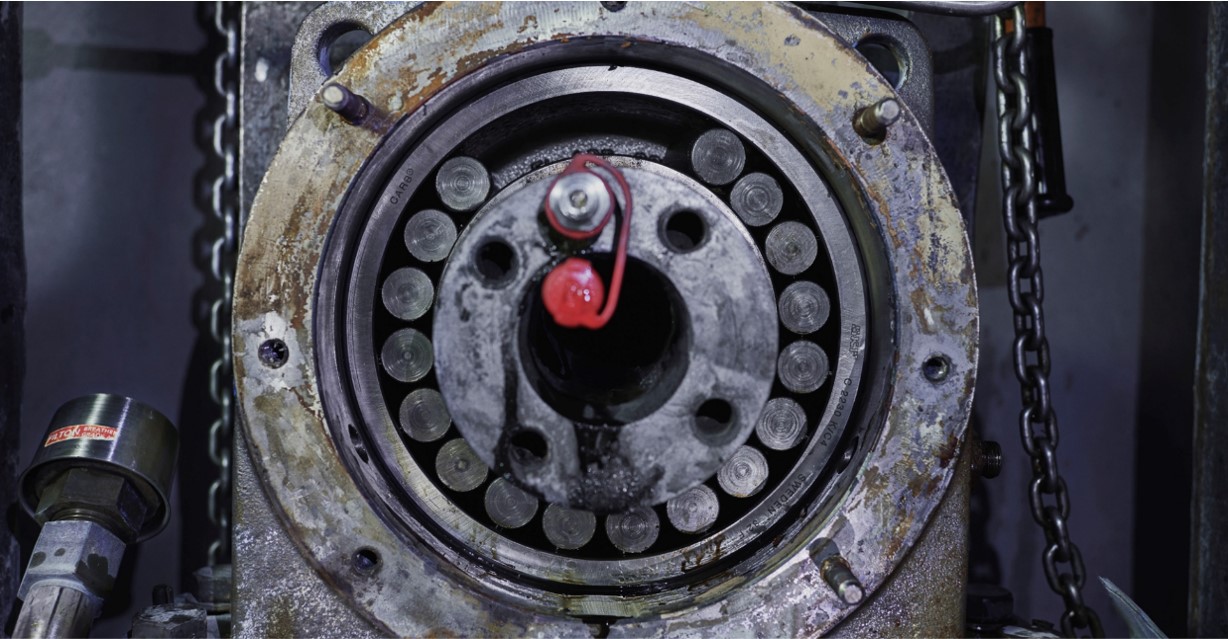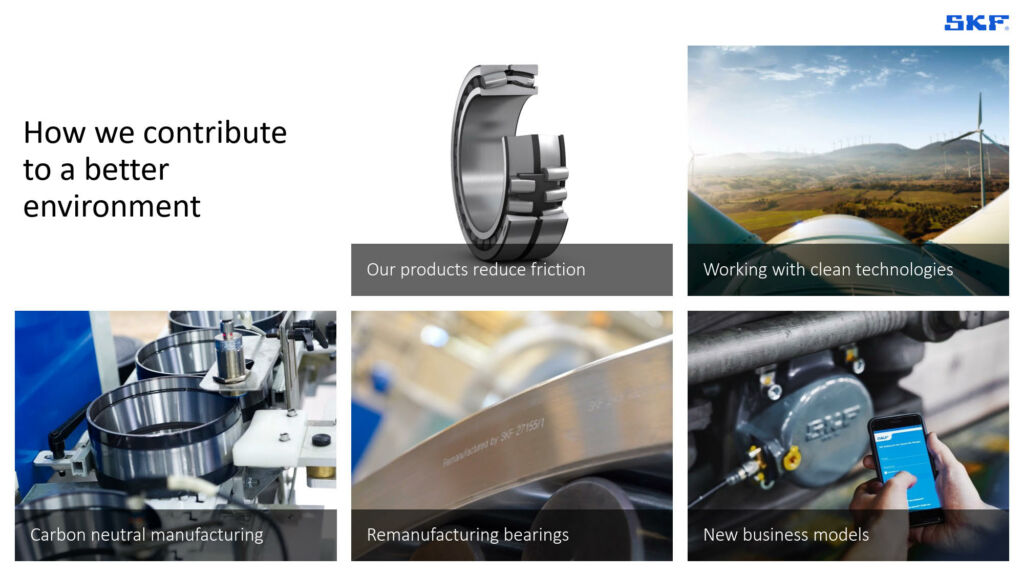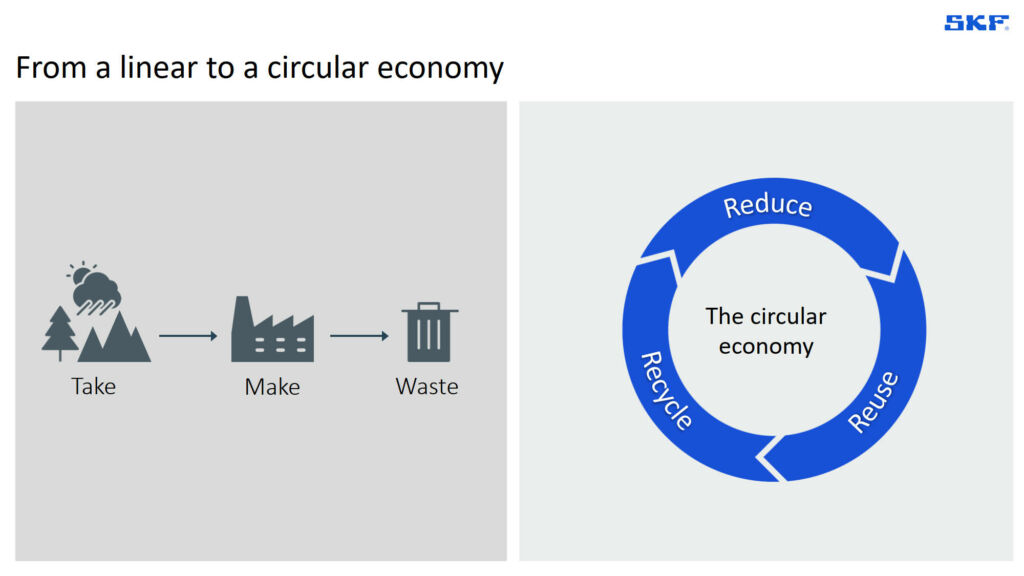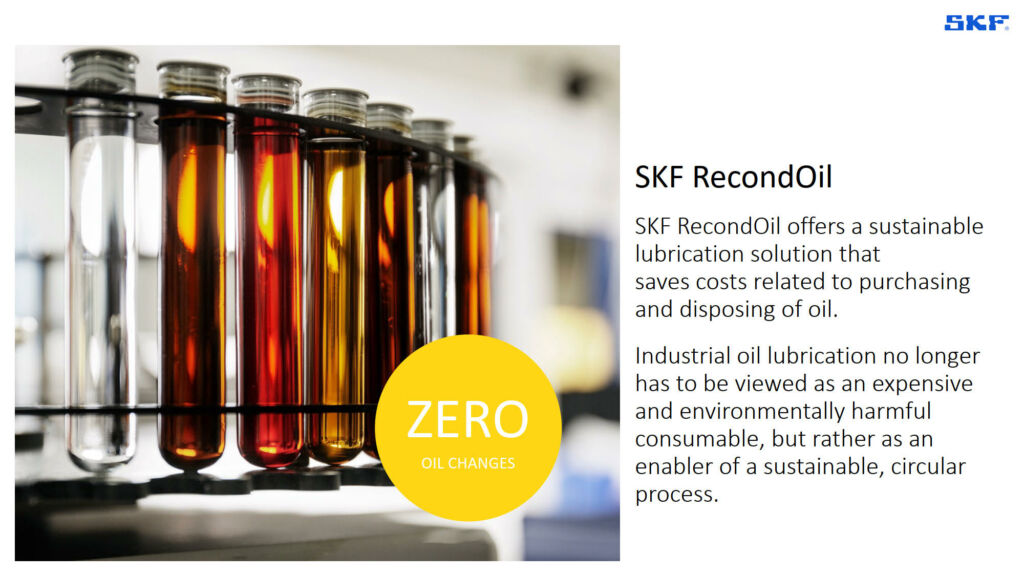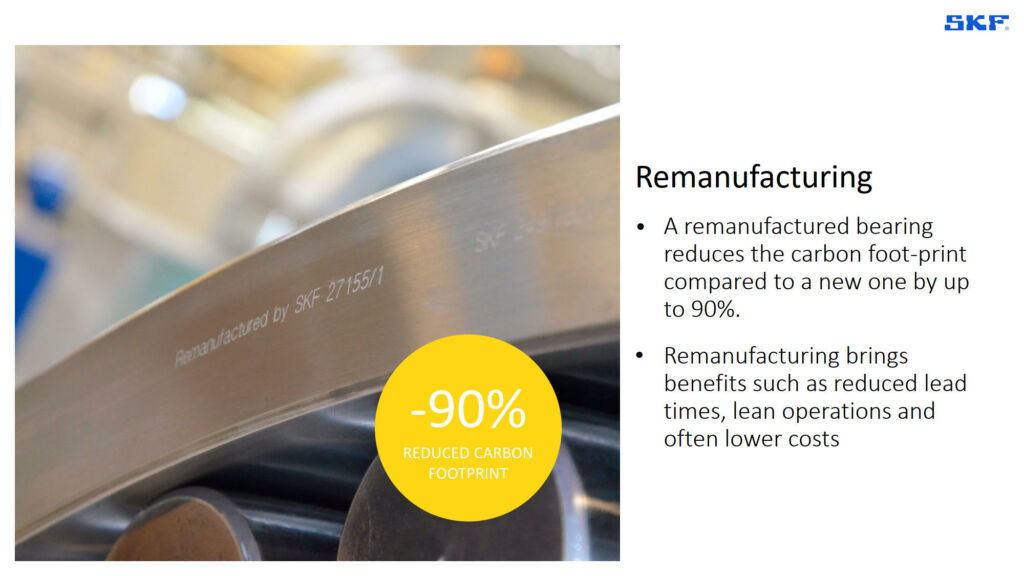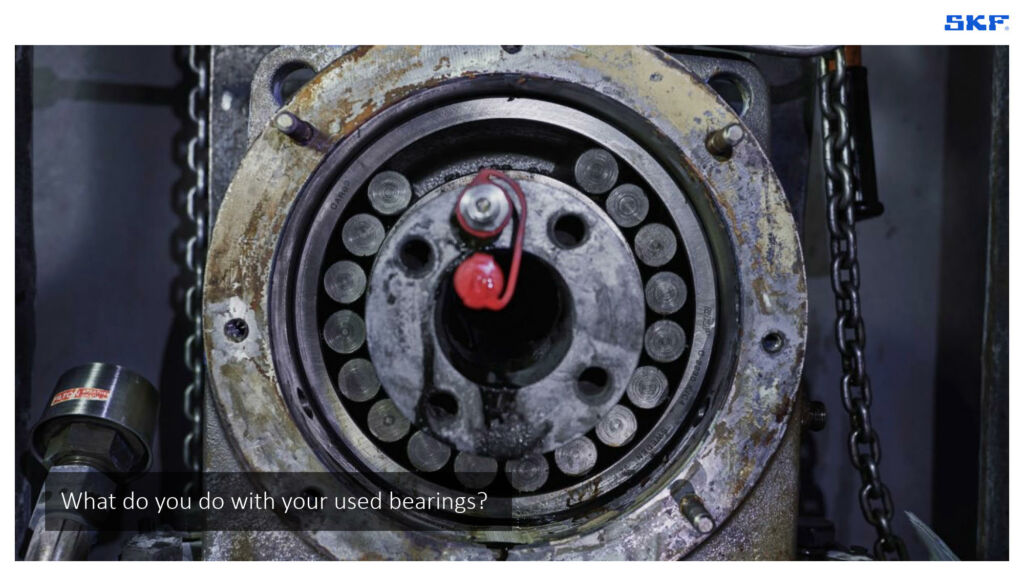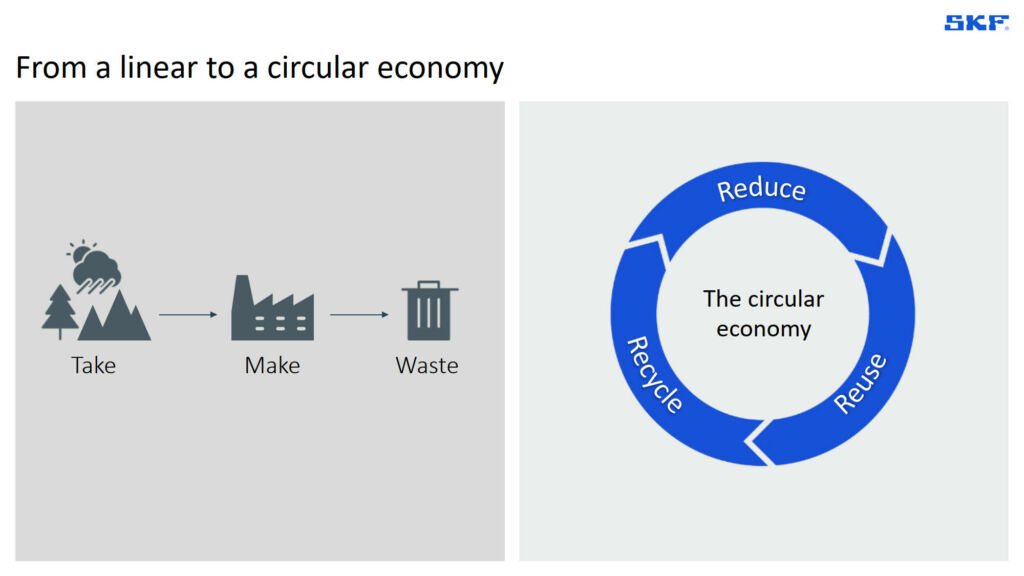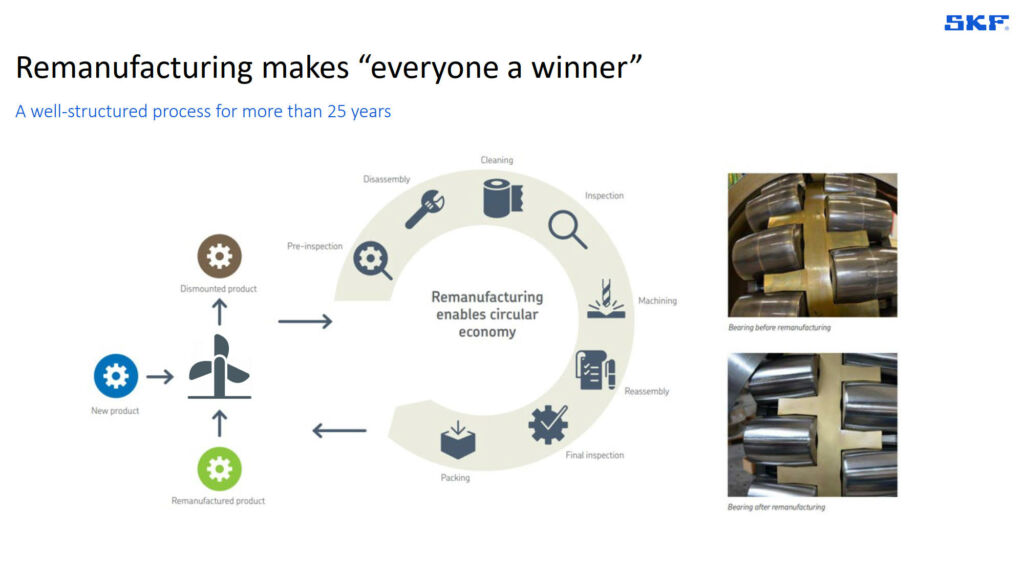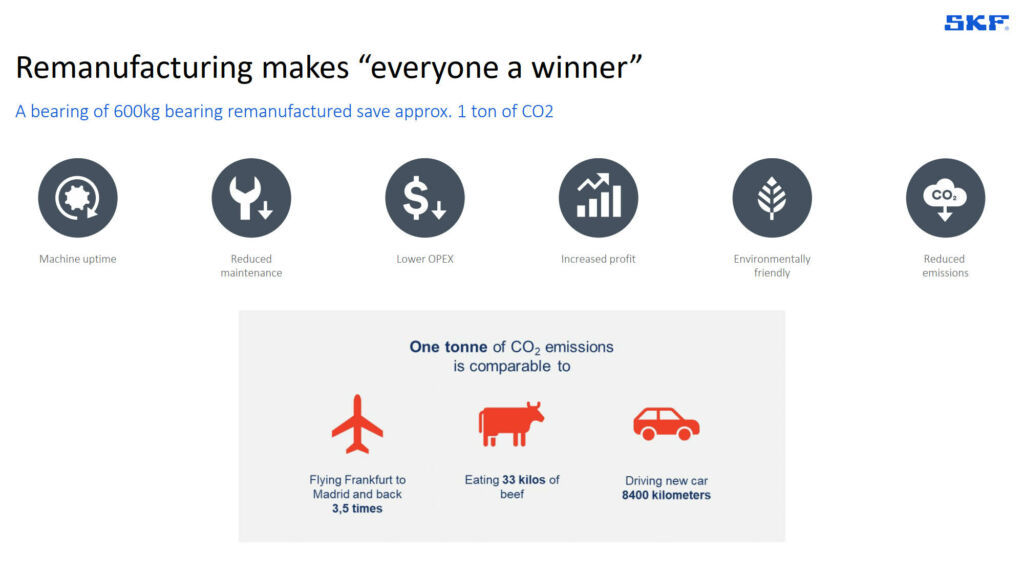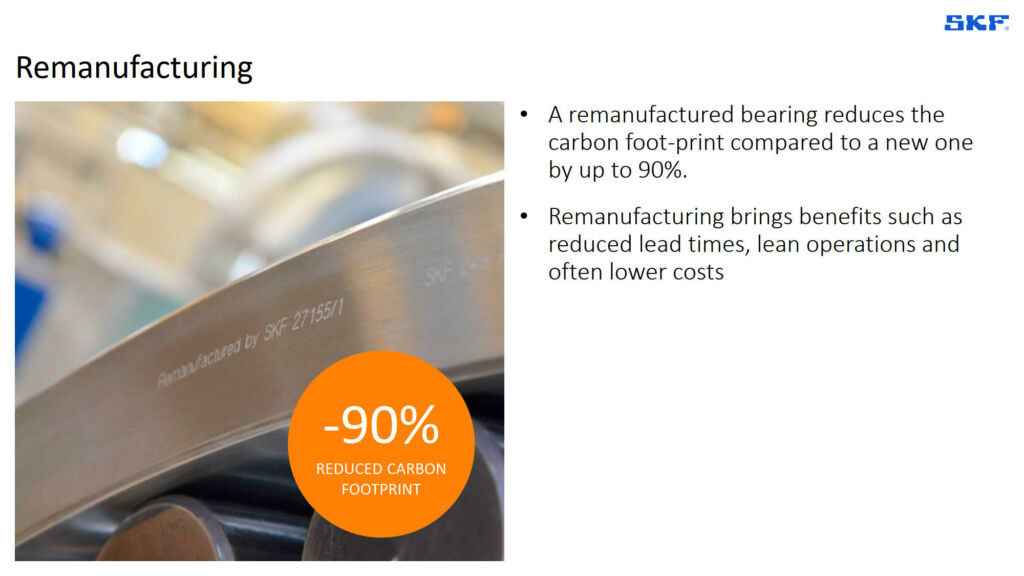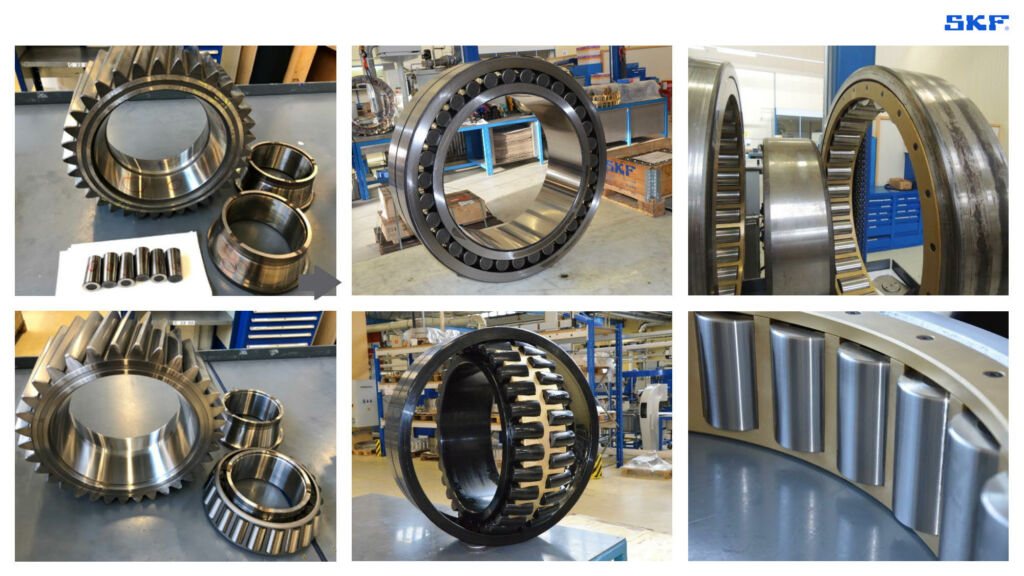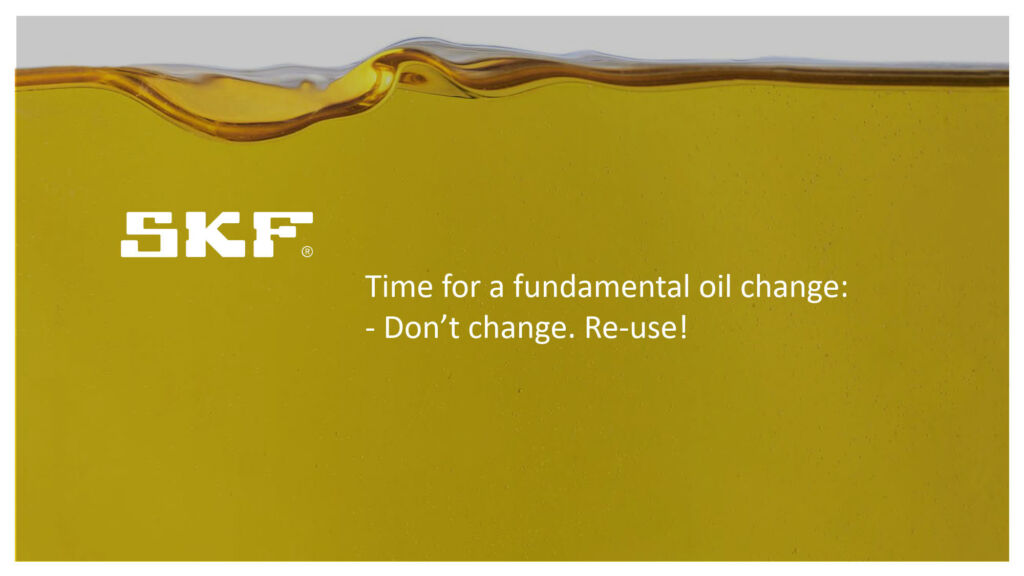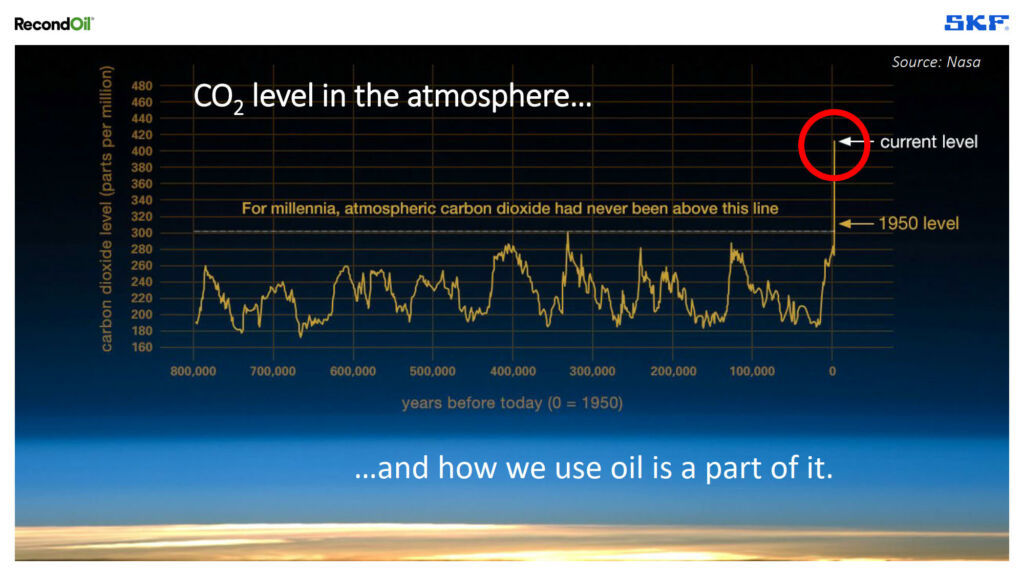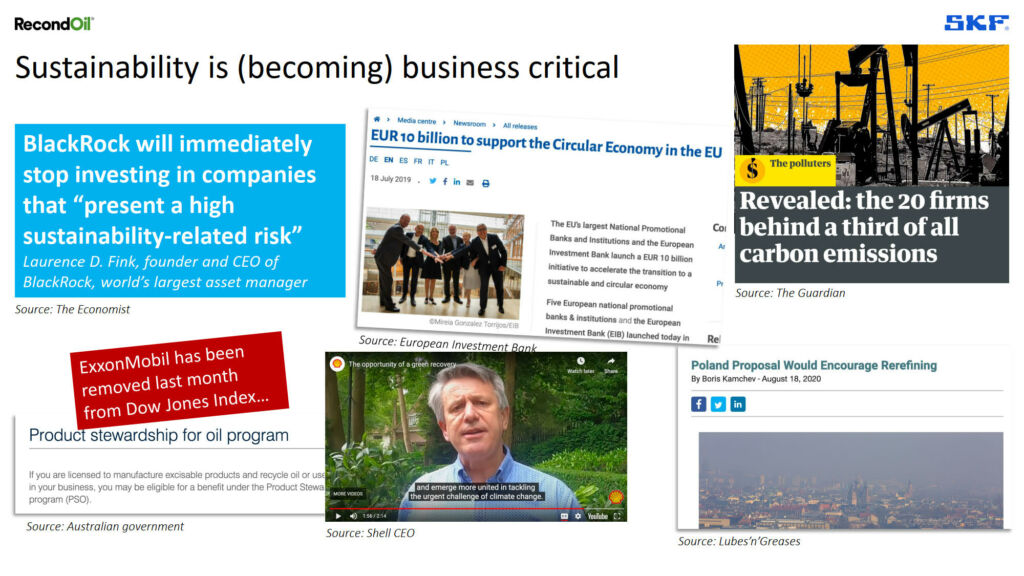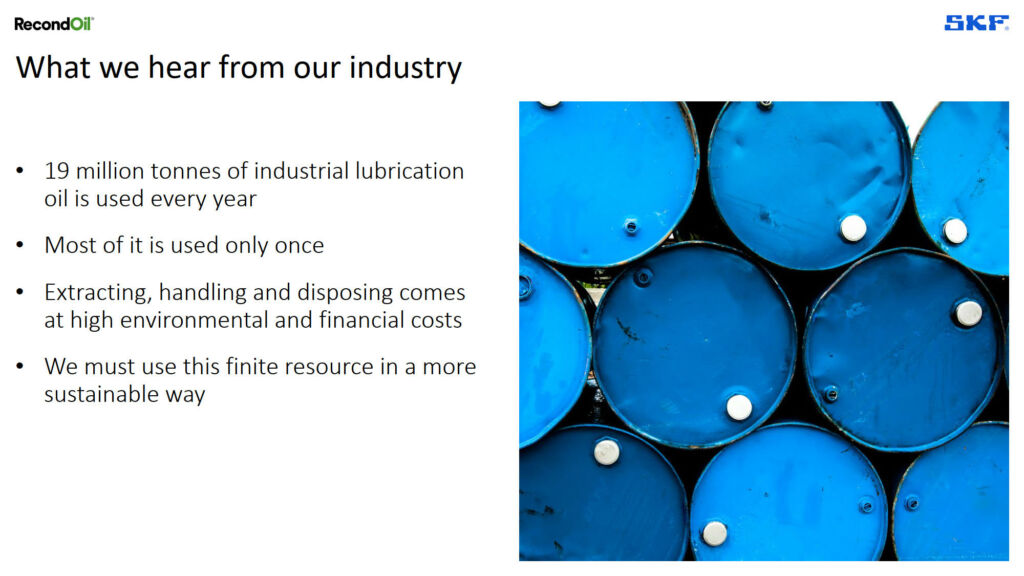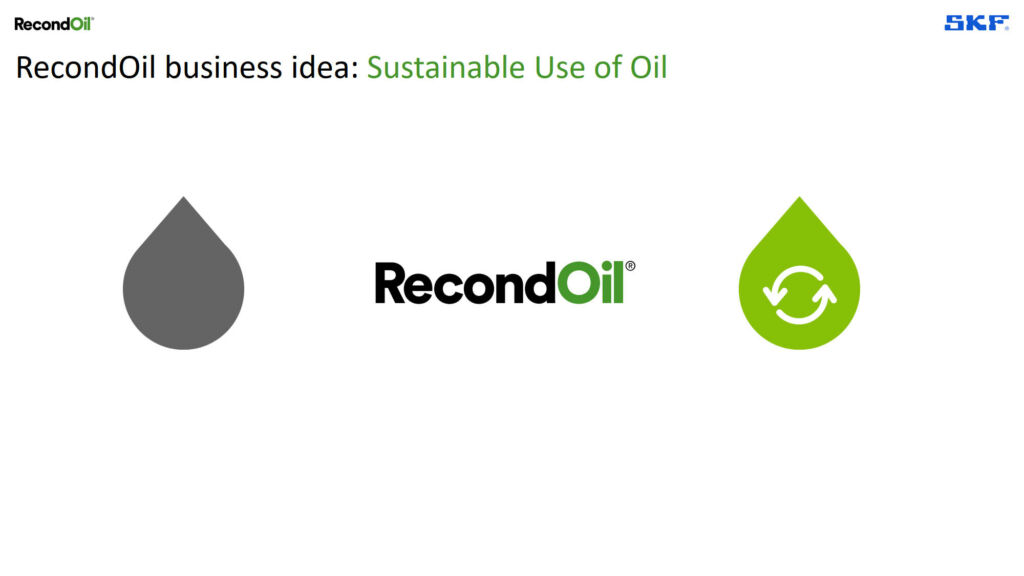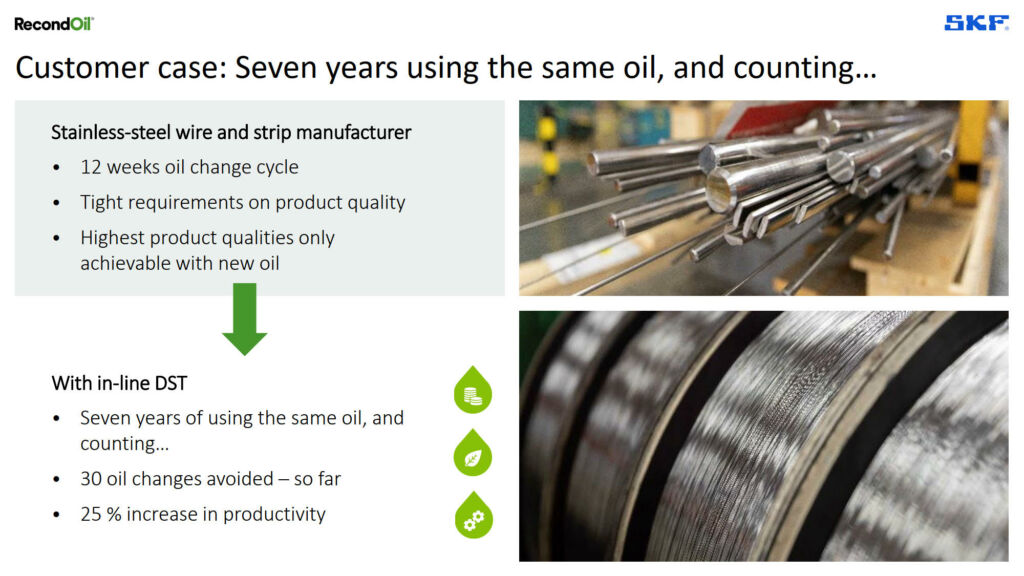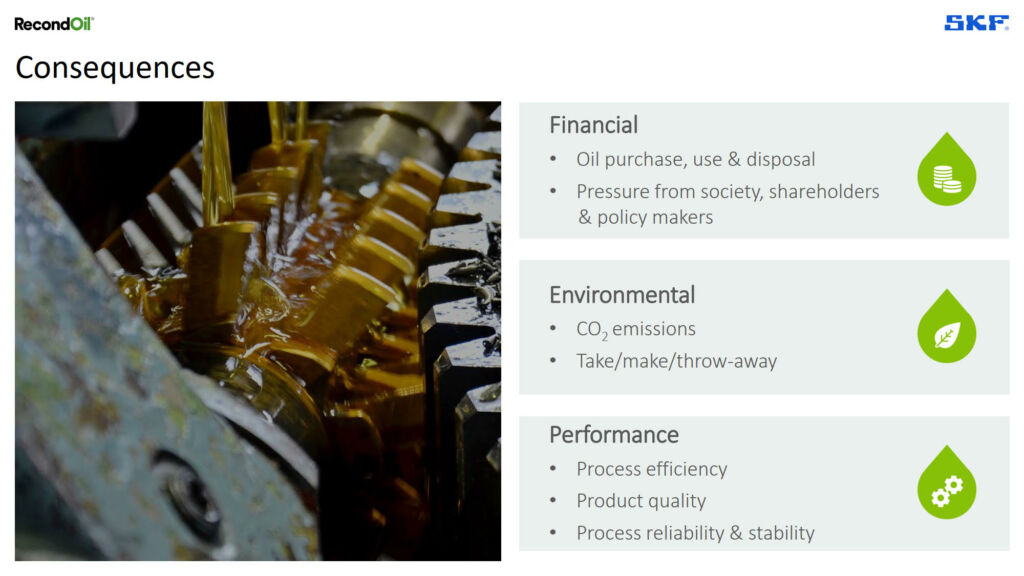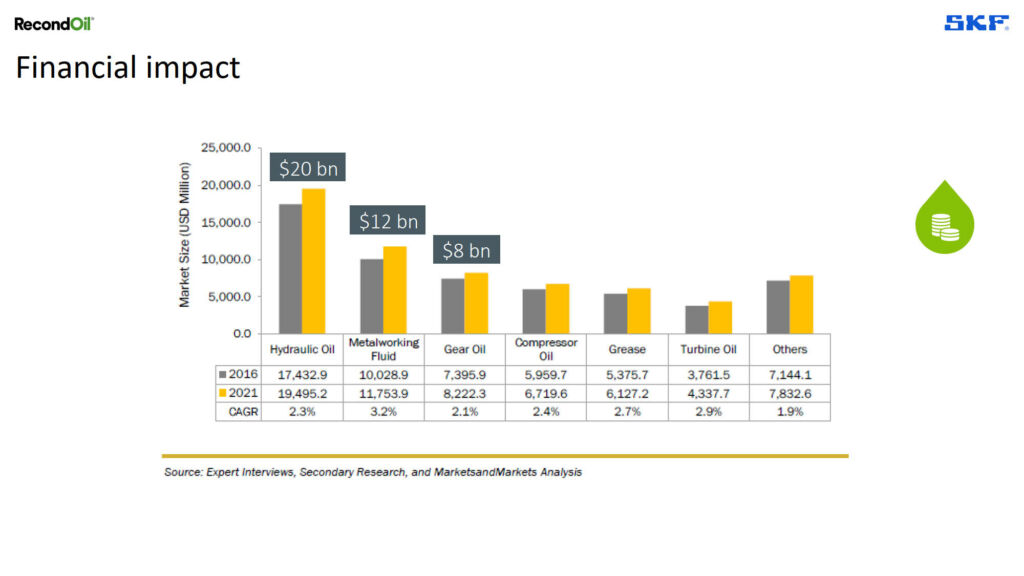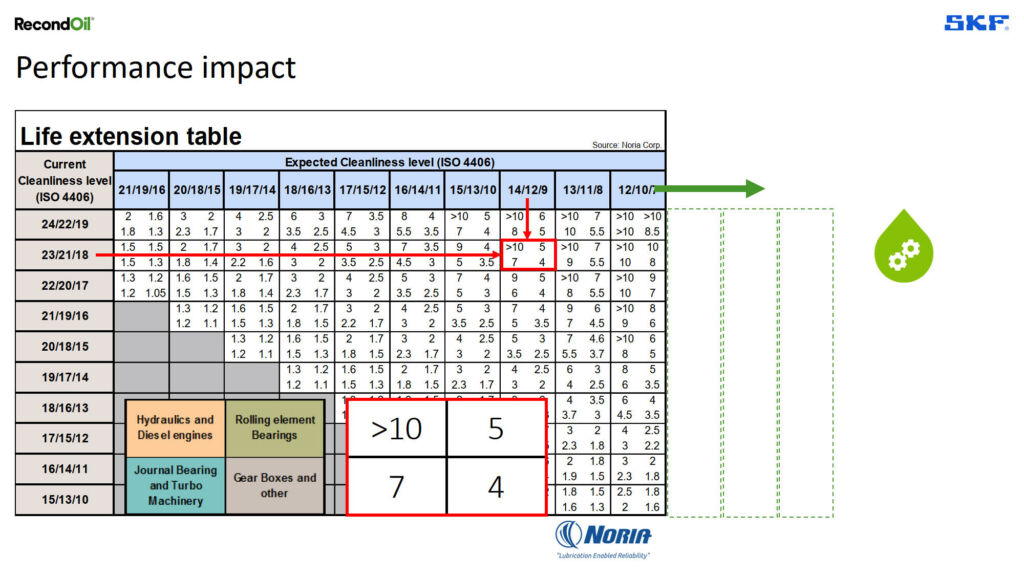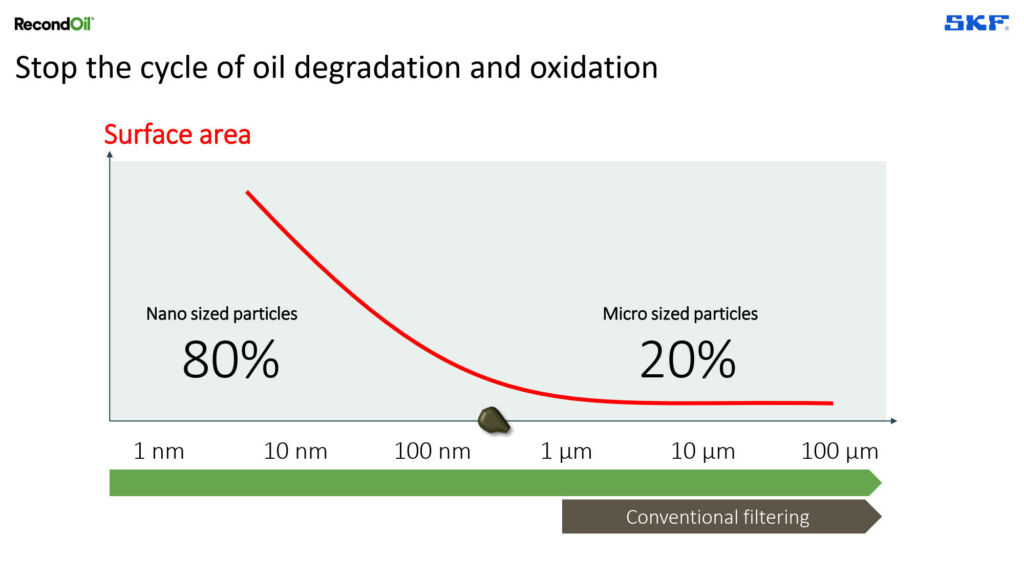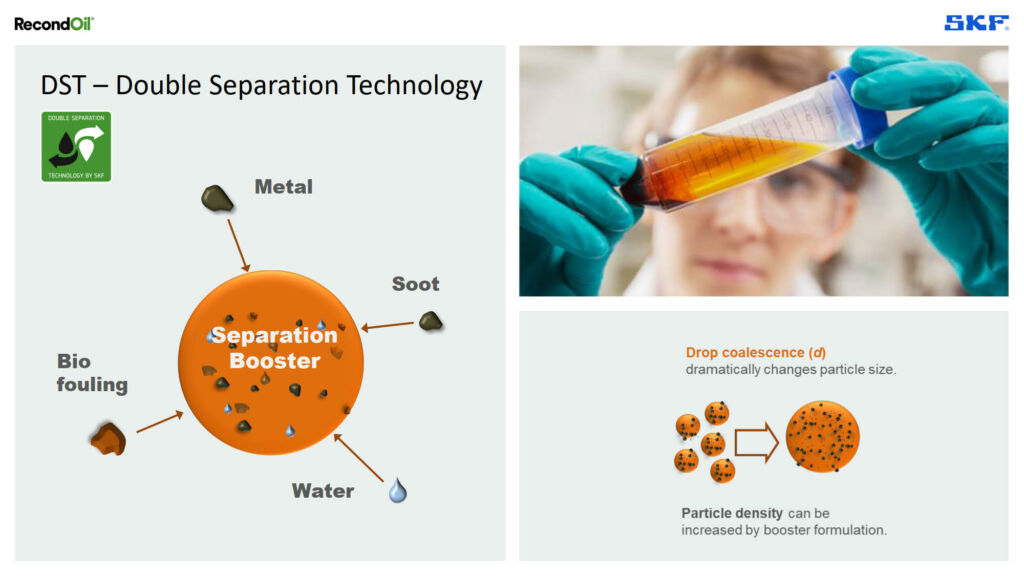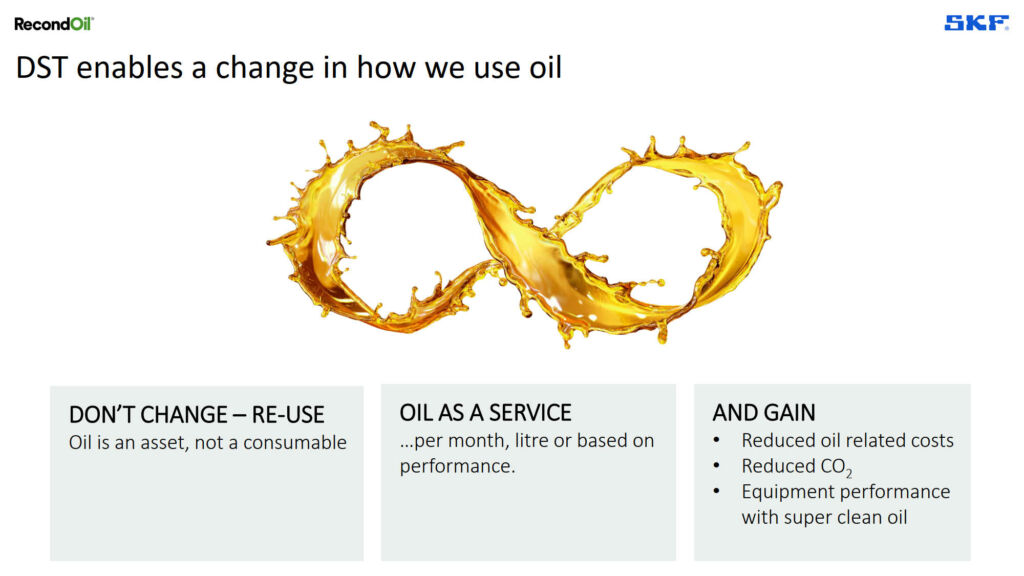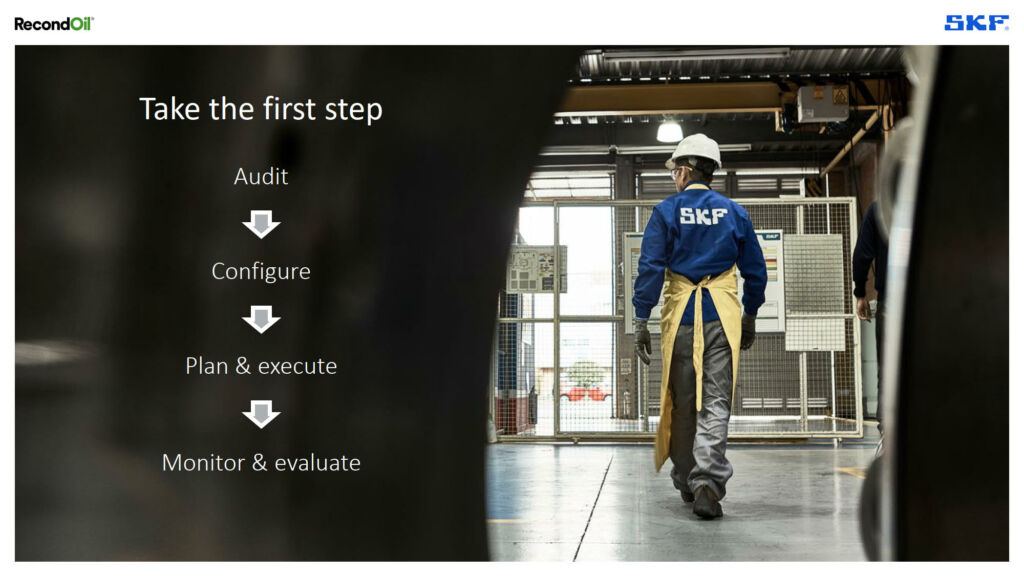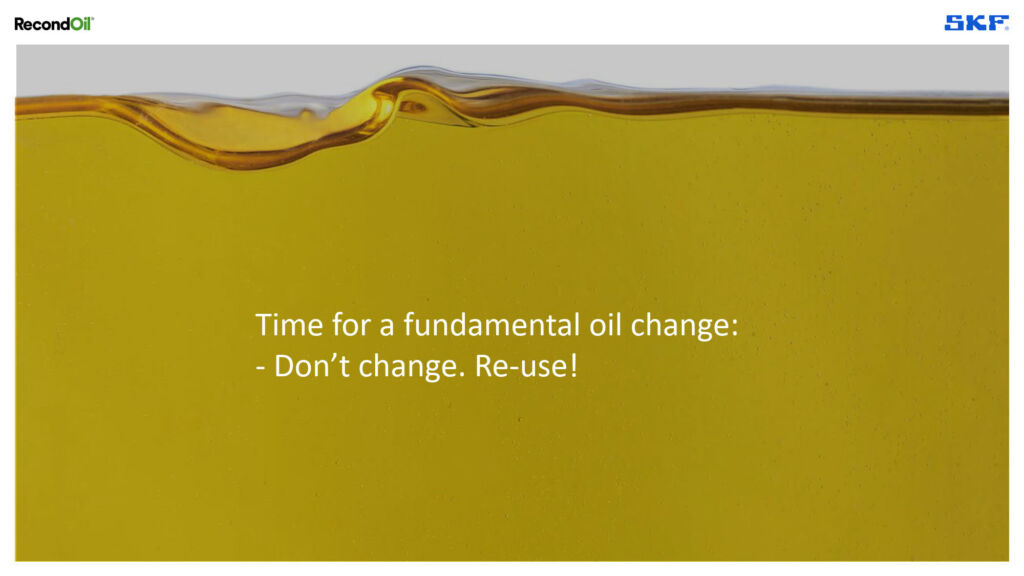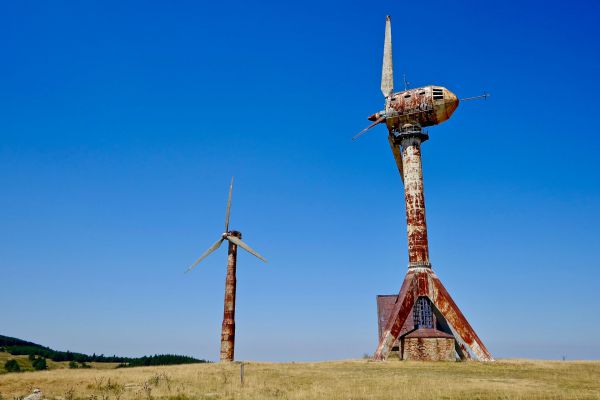Right now, sustainability is a big issue in the wind industry. Naturally, the generation of energy is an environmentally friendly solution that conserves resources, but there are more processes to consider. The industry sees its fair share of linear economic thinking, for example. Resources and components like oil, ball bearings, and seals are deployed, consumed, and ultimately disposed of – often with fatal consequences for the environment. So how can this behavior be broken?
Enter, the Circular Economy : True to the motto “reuse, remanufacture, recycle,” worn-out parts do not end up in the garbage, but are recycled and reused. The linear system is thus transformed into a cycle that conserves the environment and resources in equal measure. In the wind industry, we can deploy processes like remanufacturing and reconditioning to achieve this.
Remanufacturing
Ball bearings, housings, gearboxes, lubrication systems: They all wear out and, after a while, no longer deliver optimum performance. At this point, most wind turbine operators replace them, disposing of the old ones. This results in unnecessary consumption that can be avoided through remanufacturing.
For example, if plant operators need to replace a ball bearing after many years of use, companies like SKF can jump into action. Experts inspect the old product on site to determine whether it is suitable for remanufacturing. If so, they can dismantle, clean, and restore the product to its original condition. An experienced eye then assesses its suitability once again before it is returned to the respective plant and installed on site. This process of remanufacturing helps prevent unnecessary waste and reduces CO2 emissions by up to 90 percent compared with the production of a new part. There are also advantages for plant operators. In short, remanufacturing reduces the lead time, processes become more efficient, and costs can be saved. It is a win-win situation for both the environment and the wind industry.
Reconditioning
Oil is an environmentally harmful, non-renewable fossil fuel with a big part to play in the industry. A total of 19 million tons are used annually, and most of it only once. Why? Over a short time, oil becomes contaminated by other substances such as water, air or dirt, whereby important additives are lost and its effectiveness decreases. Once all the additives have disappeared after a few weeks, oxidation begins and the oil breaks down. If it is not changed immediately, the system may be damaged.
The industry needs oil, but both extraction, processing and disposal represent an enormous environmental burden – and the costs are not low either. So what if oil could be reduced to a minimum and used sustainably? SKFRecondOil makes that possible. With the help of the patented “Double Separation Technology” (DTS), the oil is purified down to the nanoscale from all particles responsible for decomposition. This biochemical process of constant purification prevents the oil from aging. Essentially, oil can be infinitely reused without losing effectiveness, allowing for an enormous step towards climate neutrality. For comparison, a plant producing continuously for seven years will require 30 oil changes. With RecondOil, this is reduced to zero. For every ton of oil reused, it can spare the environment three tons of CO2. This concept has great potential for the wind industry.
As climate change advances, more and more companies are now focusing on sustainable and resource-saving processes. SKF too attaches a lot of importance here, even beyond the development of processes such as remanufacturing and reconditioning. SKF is a committed supplier to many climate-friendly industries, thus indirectly contributing to climate protection. Among other areas, its products are used in electric vehicles, recycling processes, as well as the field of renewable energies. The company goal is to achieve carbon neutrality in all product manufacturing by 2030 using climate-friendly technologies. With all this work, SKF is making a decisive contribution to achieving its climate targets.
In the second article of the series WindEnergy digital you can learn more about the important topic of digitization and the use of artificial intelligence and automated machine learning in the wind industry: click here to read.
